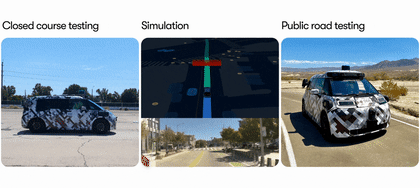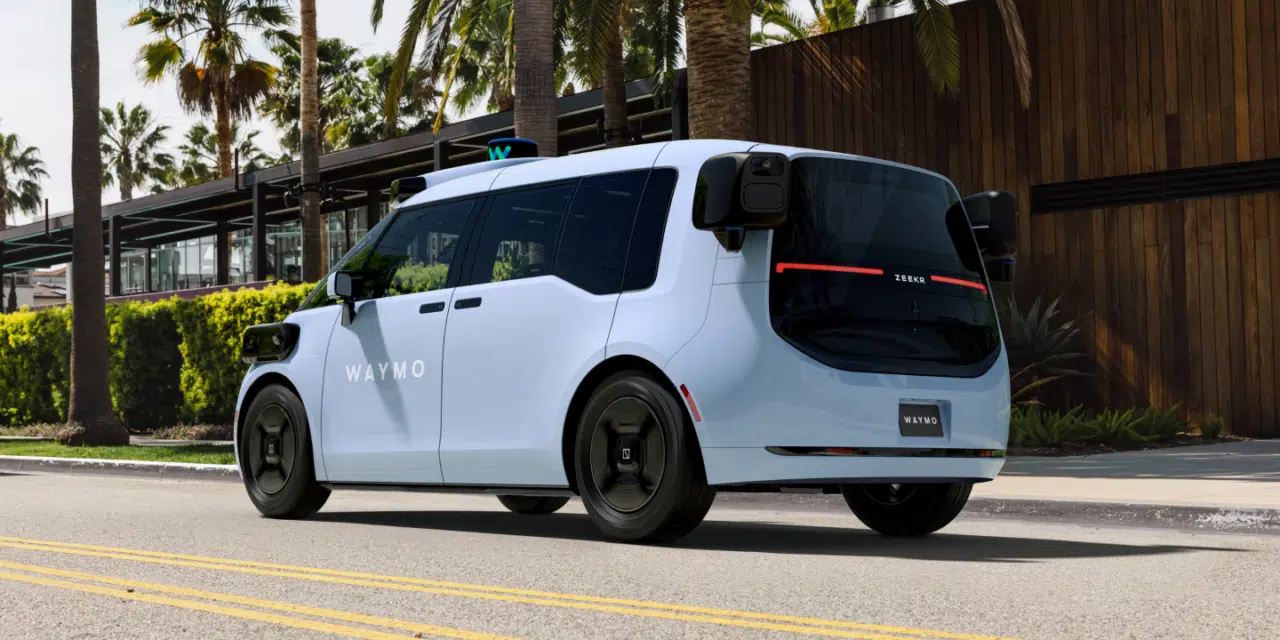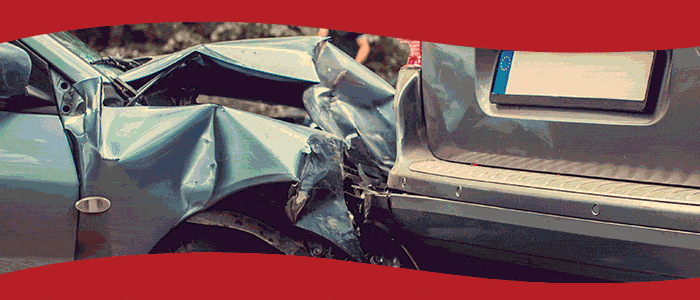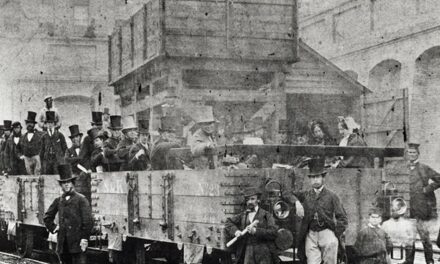Waymo’s approach of designing both hardware and software from the ground up has been crucial to our success, and it continues to pay off as we introduce our 6th-generation hardware. We’ve significantly reduced the cost of our 6th-generation system while delivering even more resolution, range, compute power, and enabling more capabilities. Today, I’m excited to share more about our next generation system and how it’s helping drive our business forward.
Our 6th-gen system builds on the unparalleled capabilities of our current, 5th-generation system, which has been instrumental to helping Waymo scale our service to some of the densest cities in the United States and improving road safety where we operate. With 13 cameras, 4 lidar, 6 radar, and an array of external audio receivers (EARs), our new sensor suite is optimized for greater performance at a significantly reduced cost, without compromising safety. It provides the Waymo Driver with overlapping fields of view, all around the vehicle, up to 500 meters away, day and night, and in a range of weather conditions.
Enabling more capabilities at a fraction of the cost

Redundancies are essential in an autonomous driving system to provide safe backup functions for assured reliability and for unexpected weather. That’s why the Waymo Driver has a surround-view of the world from three complementary sensing modalities. With an enhanced camera-radar surround view and an even more capable system of lidars, our 6th-gen sensor suite can safely navigate the myriad of events it might encounter on an even larger set of road conditions.
Through advancements in sensor technology and strategic placement, we’ve been able to reduce the number of sensors while maintaining our safety-critical redundancies. This approach prioritizes safety while also allowing for optimizations of our autonomous driving system. Complementing this efficiency, we can swap out various sensing components to match the specific conditions of each operating environment, like adjusting sensor cleaning for vehicles in colder climates.
Operating in even harsher conditions
Our current system allows us to provide safe and reliable service to riders in the cities where we operate, even in extreme heat, fog, rain, and hail. Through regular road trips to newer cities, we’ve deepened our understanding of winter weather’s impact on our technology and operations and applied these valuable insights directly to our 6th-generation system. For example, since our vehicles are exposed to the elements for long periods without manual intervention, we implemented preventive measures for each sensor to maintain a clear view of its surroundings whether it’s driving through a buggy Texas road or operating in freezing temperatures. Complementing these protective strategies, we build significant margins into our sensor capabilities to ensure reliable performance even in adverse conditions, in turn increasing each modality’s range.

Waymo’s 6th-generation system undergoing a combination of closed course testing, simulation, and public road testing.
Coming to more riders, faster
Now with six generations of hardware manufactured and integrated into thousands of vehicles, we have significant experience developing and operating fully autonomous technology at scale. To safely and swiftly integrate our next generation Driver into our fleet, we test and validate our new hardware – from the component to the system level – through a rigorous regimen of structured tests, real-world driving, and simulation.
Our 6th-generation sensor suite already has thousands of miles of real-world driving experience under its wheels and millions more in simulation. The Waymo Driver learns from the collective experiences gathered across our fleet, including previous hardware generations. This shared knowledge drastically reduces the miles needed to train and validate the underlying foundation models that autonomously drive our vehicles, accelerating and enhancing the development of each new generation of Waymo Driver. With safety as our guiding principle, our system’s performance in simulation shows promising indications that we are on track to begin operating without a human behind the wheel in about half the time.
Advertisement
Many folks have already seen our 6th-generation hardware suite in action on public roads as part of our testing process. As we continue preparing our latest Driver to serve riders, stay close with us on social where we’ll bring you updates throughout the development process. In the meantime, if you’re eager to experience the future, today, the Waymo Driver is only a few taps away in the Waymo One app.

















